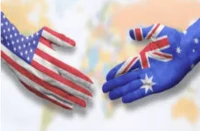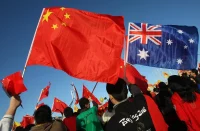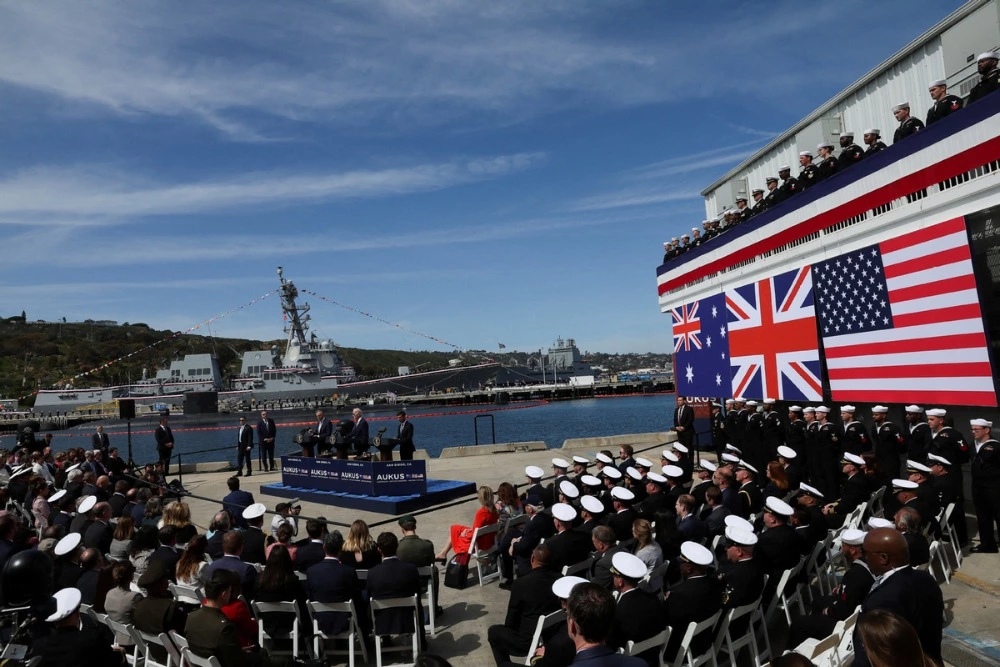Let’s consider separately the interaction of the United States with Seoul within the framework of AUKUS. If for Japan, as mentioned in the previous article, working with the United States within the framework of the Arms Alliance was of strong interest, since it would help consolidate Tokyo’s reputation as an arms exporter, then for Seoul, Washington’s proposal is not so tempting, since Seoul already has a reputation as a good exporter. As an established arms exporter, what is the point for Seoul to work together with the United States and share its own military technology?
South Korea has gained a foothold in the Australian market, with which it has many concluded arms supply agreements. Hanwha Defense is implementing a project to create its own production site for 155 mm self-propelled artillery installations in Geelong. Most likely, the initiative will be implemented in the format of plant construction. However, this is something that has to be sacrificed for the sake of participating in the Alliance. Participating in the unlicensed program presented by AUKUS would be a risky move for South Korea. After all, this is how you can lose your existing position in the arms market, giving it to the Americans. A similar problem is now being observed in relations between the United States and Korea. The countries are negotiating an agreement on mutual defense supplies, which, according to the plan, will eliminate barriers to trade in military-industrial complex products between states. Seoul, quite naturally, is in no hurry to conclude an agreement, but is trying to “knock out” such conditions from the Americans that would not put the South Korean military-industrial complex in an unnecessarily dependent position on the States.
In the case of the Alliance, everything will depend on the specific models of trade in products of the military-industrial complex. If the South Koreans manage to bargain for more comfortable conditions for themselves and their manufacturers, then this can save South Korea. Dividing the market into trade zones and responsibility zones in this regard is the most appropriate way to preserve the existing status quo in the Indo-Pacific arms market. For example, the Republic of Korea will be able to protect its supplies of K9 self-propelled guns as part of the Pillar II land component, and in return, the United States, in partnership with Japan, will be able to develop hypersonic missiles. This format of work makes sense. However, it must be understood that the final approval of key positions will take a long time – at least several months. But to be realistic, it can be understood that most likely it will not be about a few months, but about several years of negotiations. Such a structure would make sense. Plus, it is necessary not to forget that the new members of the Alliance will try to get the most privileged position in the organization for themselves.
In the near future, the Alliance’s activities will focus on synchronizing the technological standards of the AUKUS member countries and synchronizing their legal bases. The existing American ITAR (International Traffic in Arms Regulations) arms trade regime, according to which US allies spend extremely large budgets, does not suit partners. The alternative – the creation of an unlicensed AUKUS ecosystem – will require extremely long coordination. It does not seem reasonable to expect that the initiative will be implemented in the near future.
Technological convergence will be necessary at all stages of Pillar II, since, for example, artificial intelligence technologies, which the United States and its partners rely on in military equipment, must be brought to a common denominator. However, it is easy to guess that the models of artificial intelligence vary from country to country. It will be necessary to unify approaches, develop common criteria and standards of work, criteria for evaluating the results and performance of systems. Without a single approach, forecasting and understanding of intelligence systems will be significantly difficult. It also requires extensive preliminary work.
Yes, the Pillar II project offers a fairly wide range of effective and functional projects in the field of high technology. The project has an ideological background rather than a military-strategic one. Further expansion of AUKUS is quite likely, since Washington’s pressure on Seoul and Tokyo is quite high. This ensures their possible contribution to the implementation of specific projects in the field of developing technologies based on artificial intelligence, electronic warfare and hypersonic weapons. But the value of an organization, if it lacks institutional foundations, is extremely low. The United States will try to document the obligation of new countries to obey the dictates of Washington. The work of the renewed Alliance will be aimed at this, coupled with the creation of a collective perception of the organization by its participants and the need to develop common technological standards based on a common legal regime.
However, this will only increase the influence of the United States in the Indo-Pacific region. The tension that arises in the region due to Washington’s interference in the development of the military-industrial complex can provoke China to take more decisive steps. Historically, China considers this region to be an area of its rivalry with India. The appearance of a third player can intensify the rivalry. Firstly, around Taiwan, and secondly, around Kashmir, since the United States is traditionally perceived as India’s main ally. The fear of strengthening one of the rival States may push China to make rash decisions. The effect of them will be able to shake up not only the region, but also the whole world. That is why the States need to take a more responsible approach to interfering in the affairs of the countries of the Indo-Pacific region.















Comments